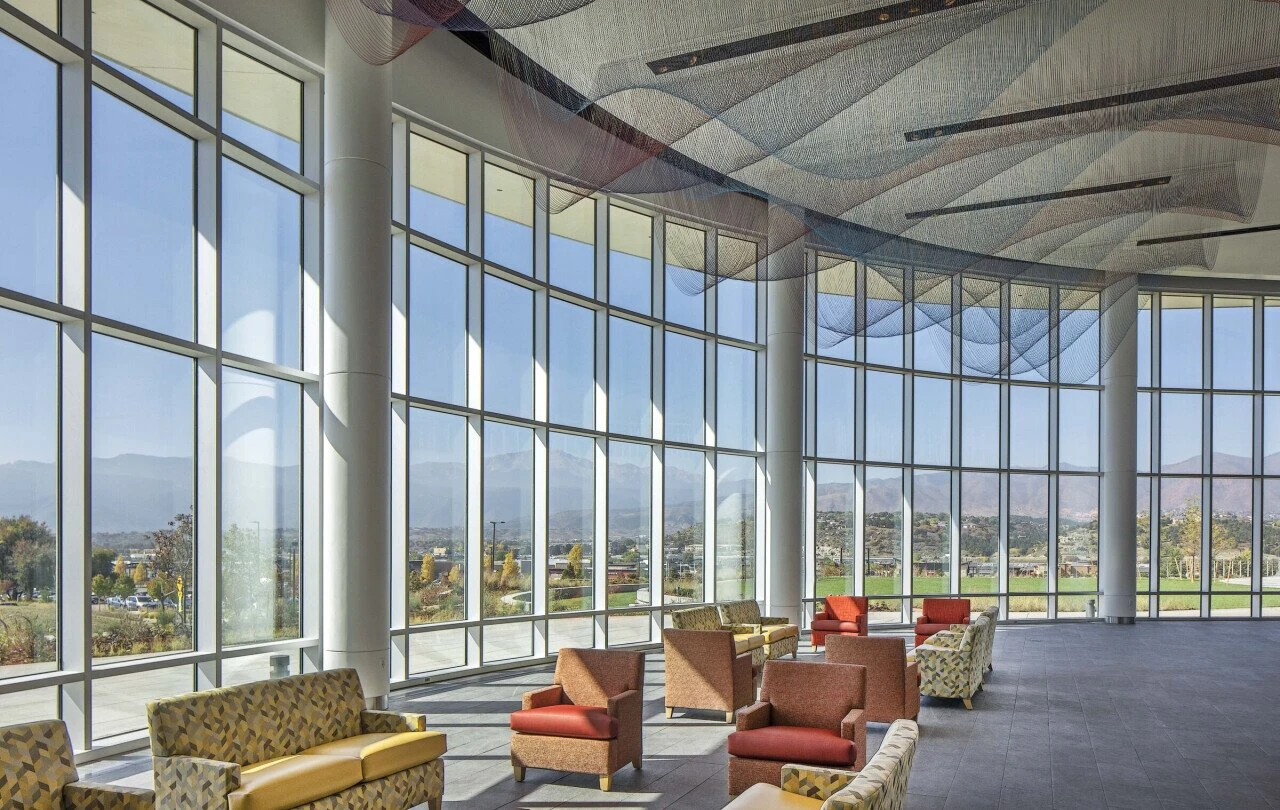

Tinted float glass is a popular architectural material that combines functionality with aesthetics. This specialized type of glass is produced by adding colorants during the float glass manufacturing process, which gives it a distinctive tint. The primary purpose of tinted float glass is to reduce glare and control solar heat gain, making it an ideal choice for various applications in commercial and residential buildings.
One of the key benefits of tinted float glass is its ability to enhance energy efficiency. In warmer climates, buildings can experience significant heat gain from direct sunlight, leading to increased reliance on air conditioning systems. Tinted glass helps to minimize this issue by absorbing a portion of the solar radiation that would otherwise enter the building. This not only contributes to a more comfortable indoor environment but also reduces energy consumption and lowers utility bills.
In addition to its practical advantages, tinted float glass also serves an aesthetic purpose
. Available in a variety of colors and shades, it allows architects and designers to create visually striking facades while maintaining a cohesive design language. The subtle hues can provide a modern touch to any building, transforming traditional structures into sleek, contemporary designs. Moreover, tinted glass also provides a level of privacy, as it limits the visibility into the interior spaces while allowing ample natural light to filter through.
Another significant advantage of tinted float glass is its ability to protect interior spaces from UV radiation. Prolonged exposure to direct sunlight can cause furniture, artworks, and other materials to fade over time. Tinted glass helps to mitigate this effect, preserving the integrity and appearance of interior decorations.
It is also worth noting that tinted float glass is easy to maintain. Its smooth surface makes cleaning straightforward, and it is available in various thicknesses to suit different structural and aesthetic requirements. By incorporating tinted float glass into their designs, architects can achieve a balance between style, functionality, and sustainability.
In conclusion, tinted float glass is a versatile and efficient material that offers numerous benefits for modern architecture. By reducing heat gain, enhancing aesthetic appeal, providing UV protection, and ensuring easy maintenance, it has become a preferred choice for building projects around the world. As sustainable design continues to gain importance, the demand for tinted float glass is likely to rise, reflecting its integral role in contemporary architectural practices.